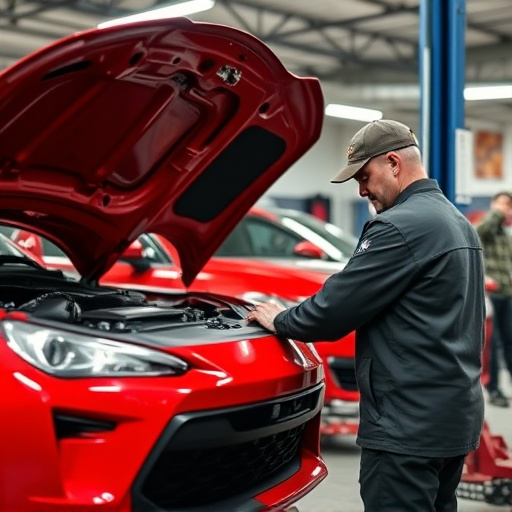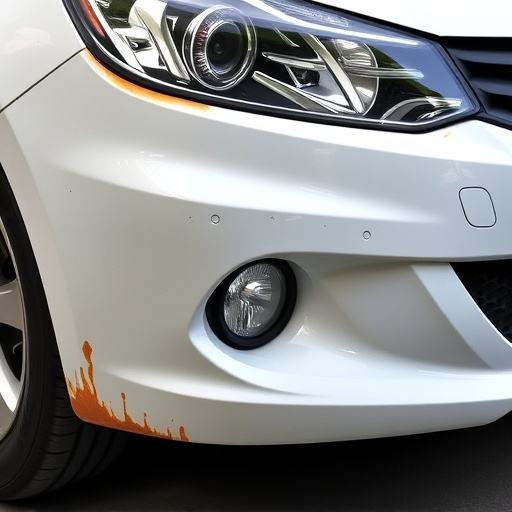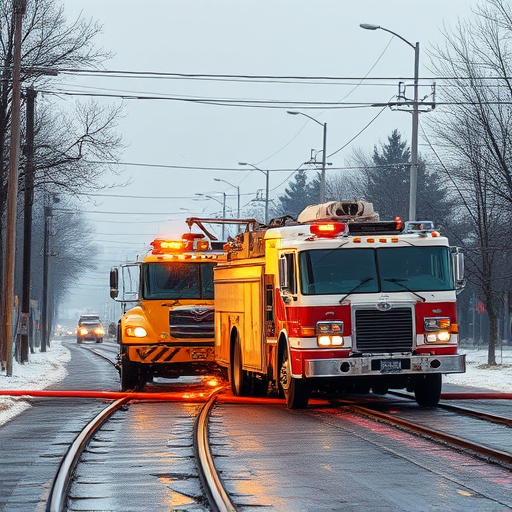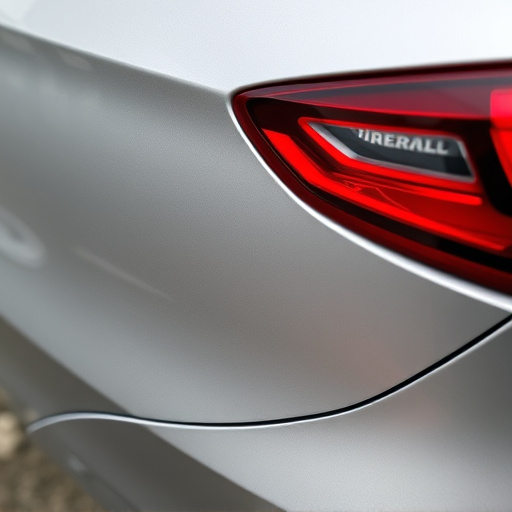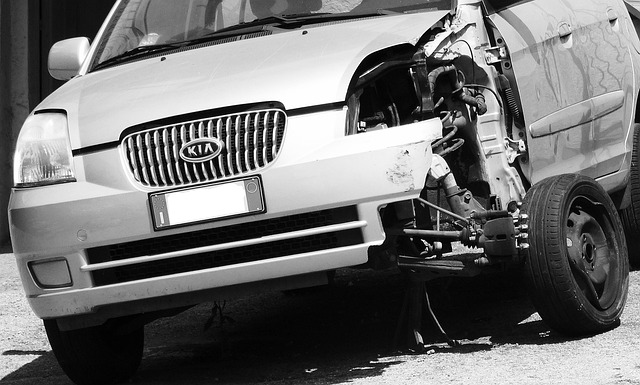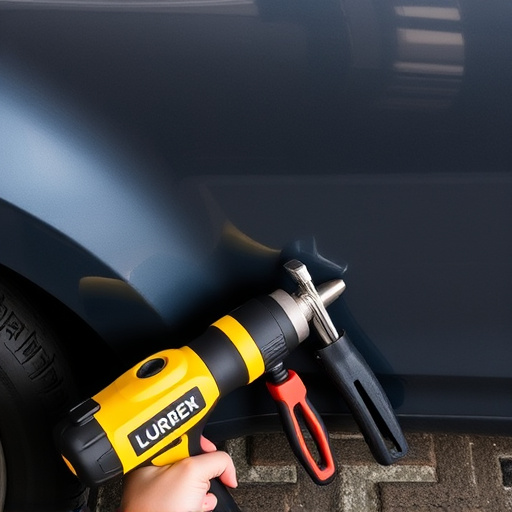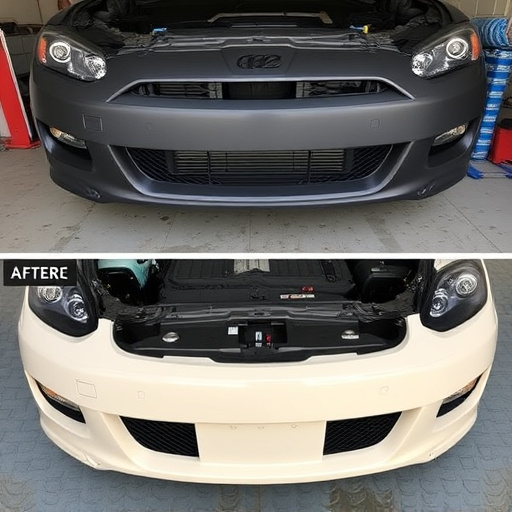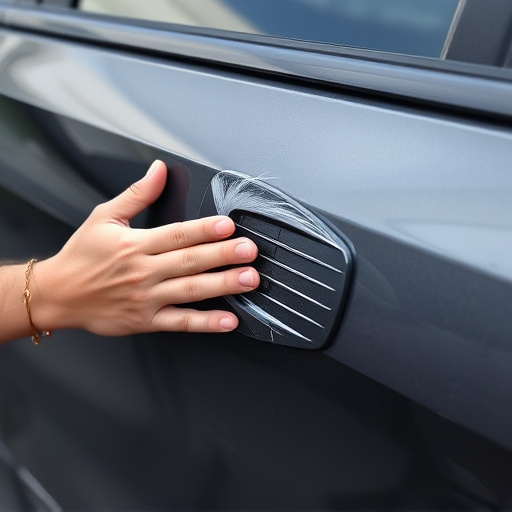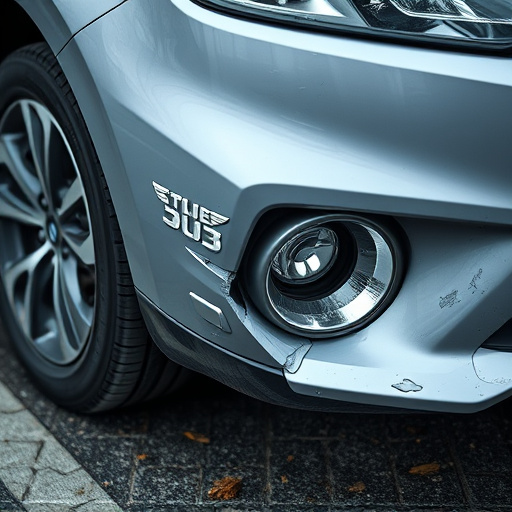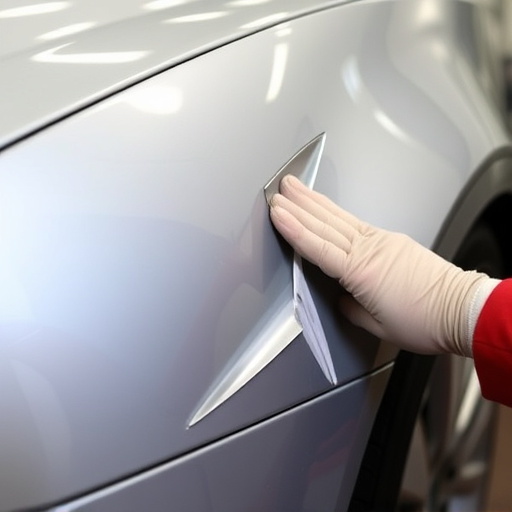OEM-certified replacement parts are essential for maintaining vehicle safety and reliability. These parts meet strict quality standards, ensuring compatibility and optimal performance in critical systems like airbags, brakes, sensors, and structural elements. Using certified parts for repairs guarantees that car body shops install genuine OEM components, enhancing driver and passenger protection while preserving vehicles' overall efficiency and dependability.
In today’s automotive landscape, maintaining safety systems reliability is paramount. Understanding why OEM-certified replacement parts matter is crucial for ensuring optimal vehicle performance and driver protection. This article delves into the significance of OEM certification standards, their benefits for safety system functionality, and how they offer peace of mind by ensuring compliance with strict manufacturing protocols. By embracing OEM-certified parts, car owners can rest assured that their vehicles’ critical safety mechanisms operate at peak efficiency.
- Understanding OEM Certification Standards
- Benefits for Safety Systems Reliability
- Ensuring Compliance and Peace of Mind
Understanding OEM Certification Standards
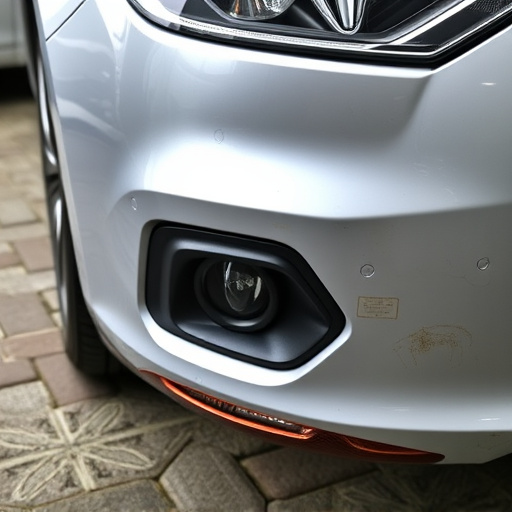
OEM certification standards are designed to ensure that replacement parts meet the same rigorous quality and safety criteria as the original equipment manufacturer (OEM). This means that every aspect, from materials used to manufacturing processes, must adhere to specific guidelines. These standards guarantee compatibility, performance, and reliability, ensuring that OEM-certified parts fit perfectly and function optimally within a vehicle’s safety systems.
When it comes to critical components like sensors, control modules, or structural elements (think fender repair or auto body services), using OEM-certified replacement parts is non-negotiable. They are specifically engineered to interact seamlessly with the existing system, preventing any potential glitches or signal interference that could compromise safety features. This certification process safeguards against subpar imitations, ensuring customers receive genuine parts that contribute to the overall efficiency and dependability of their vehicle’s safety mechanisms.
Benefits for Safety Systems Reliability
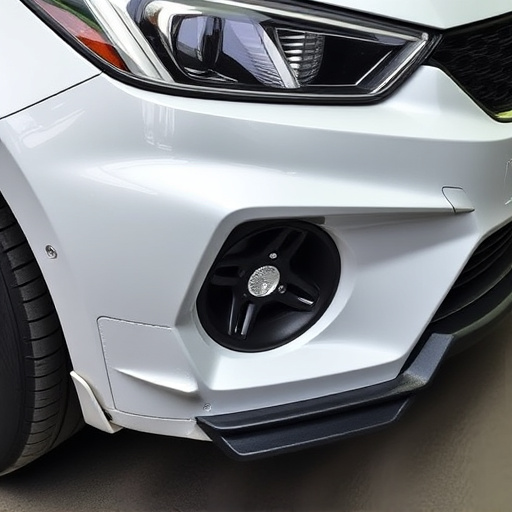
Using OEM-certified replacement parts for safety systems is paramount for maintaining reliable performance and ensuring the continued effectiveness of crucial components. These parts are designed to meet the exact specifications set by the original equipment manufacturer, guaranteeing a perfect fit and seamless integration within the vehicle’s complex network of safety mechanisms. This precision is vital, as even minor discrepancies can compromise the reliability of airbags, brakes, and other critical systems, potentially leading to severe accidents or reduced protection for occupants.
The benefits extend beyond mere compatibility. OEM-certified parts undergo rigorous testing and quality control measures, ensuring they meet high performance standards. This means that when it comes to tasks such as dent repair or frame straightening, followed by auto painting, the replacement parts will not only restore the physical integrity of the vehicle but also maintain or enhance its safety features. By prioritizing these certified parts, car owners can have peace of mind knowing their vehicle’s safety systems are in optimal condition, providing the best possible protection on the road.
Ensuring Compliance and Peace of Mind
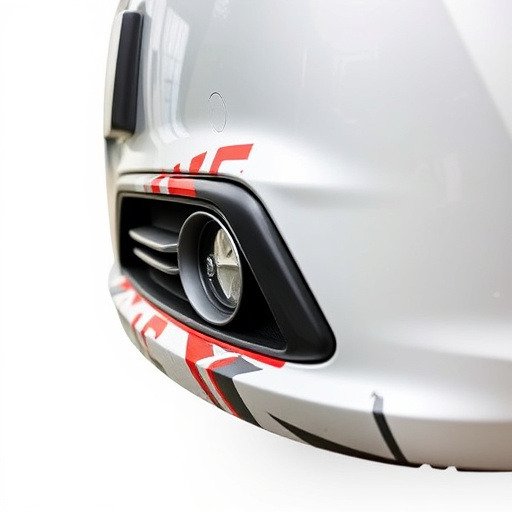
When it comes to safety systems in vehicles, ensuring compliance with original equipment manufacturer (OEM) standards is paramount. OEM-certified replacement parts offer car body shops and vehicle repair services the peace of mind that they are installing components that meet the exact specifications set by the vehicle’s maker. This crucial aspect guarantees that every part functions seamlessly within the complex network of safety features, from airbag systems to anti-lock braking mechanisms.
Using OEM-certified parts in hail damage repair or any other restoration process is essential for maintaining the integrity of a vehicle’s safety infrastructure. It eliminates potential risks associated with non-compliant or inferior substitutes, providing drivers and passengers with the highest level of protection on the road. This attention to detail not only ensures the safety of occupants but also keeps the vehicle in optimal condition, enhancing its overall reliability.
Choosing OEM-certified replacement parts is paramount for maintaining the integrity of safety systems. These parts, adhering to strict certification standards, ensure reliable performance and peace of mind. By prioritizing OEM-certified components, vehicle owners can confidently navigate regulatory compliance while enhancing overall safety. Prioritizing quality and standardization is key to fostering a secure driving experience.

